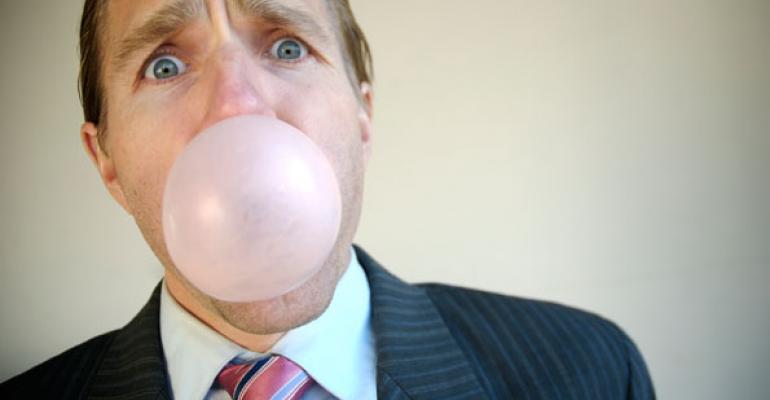While investors in the utilities sector have been sitting pretty since the financial crisis, the sector may have reached its peak, with fundamentals deteriorating, says ETF analyst Michael Krause. Could the sector be headed for a bubble?
Utilities companies have long been considered a safe haven among equities because they typically perform well in good and bad markets. When times are bad, people generally aren’t going to cut out electricity and other utilities. They’re defensive.
And the latest financial meltdown was no different; investors poured into utilities post-2008, and they held up. According to Krause, president of AltaVista Research, the Utilities Sector SPDR (XLU) recently closed at its highest level since the financial crisis. Over the past 10 years, XLU returned 159 percent to investors, including dividends, compared with 82 percent for the S&P 500.
But Krause sees fundamentals changing:
But the sector has a bigger problem: return on equity appears to be in secular decline. We believe this stems from multiple factors, including regulation and maintenance/upgrading of aged infrastructure. Recent new regulations from the EPA require very expensive retrofits and indeed renders existing capacity altogether uneconomic in some cases, which will require shutdowns if not eased or rescinded.In addition to upgrades to the grid, there’s a boom in construction of gas-fired plants, with 258 new facilities expected through 2015. Together, these regulations and upgrades mean years of large capital investments in an environment of diminished profitability. Some would argue that is the result of past underinvestment, but whatever the cause and whatever the merits, for investors it means a sector known for its stability is undergoing an expensive and disruptive transition.
In addition, valuations are not as attractive as they once were. Krause said XLU currently trades at a forward price-to-earnings multiple of 15, the highest it’s been since before the crisis. Within the S&P 500, utilities are trading at a 23 percent premium, Krause said, while the sector has historically traded at a 10 percent discount to the broader market. Gross yield is also at its lowest level since the crisis, he said.
Do I smell the top? Might be time to get out, or consider a contrarian play, such as less defensive, more risky stocks.


